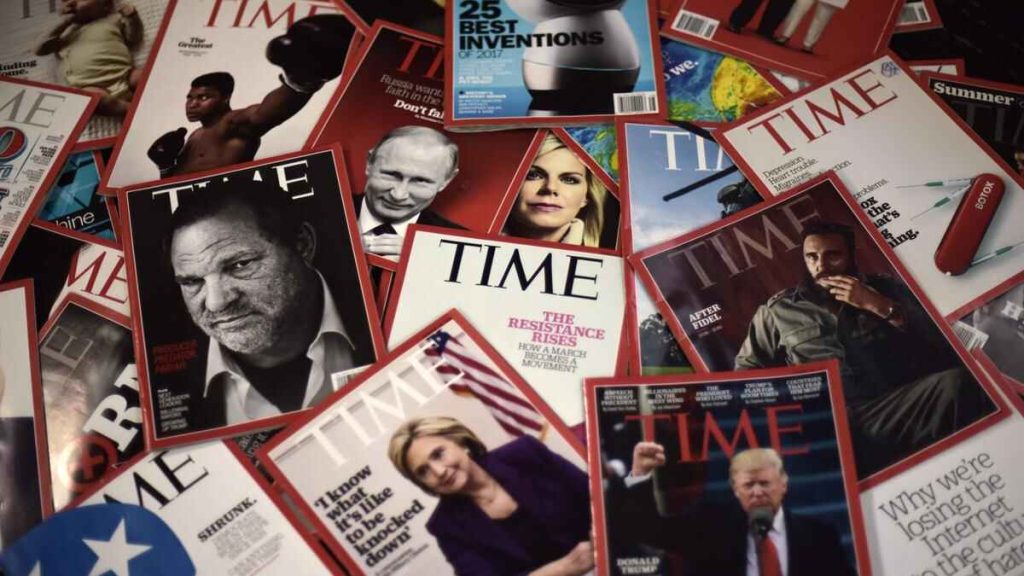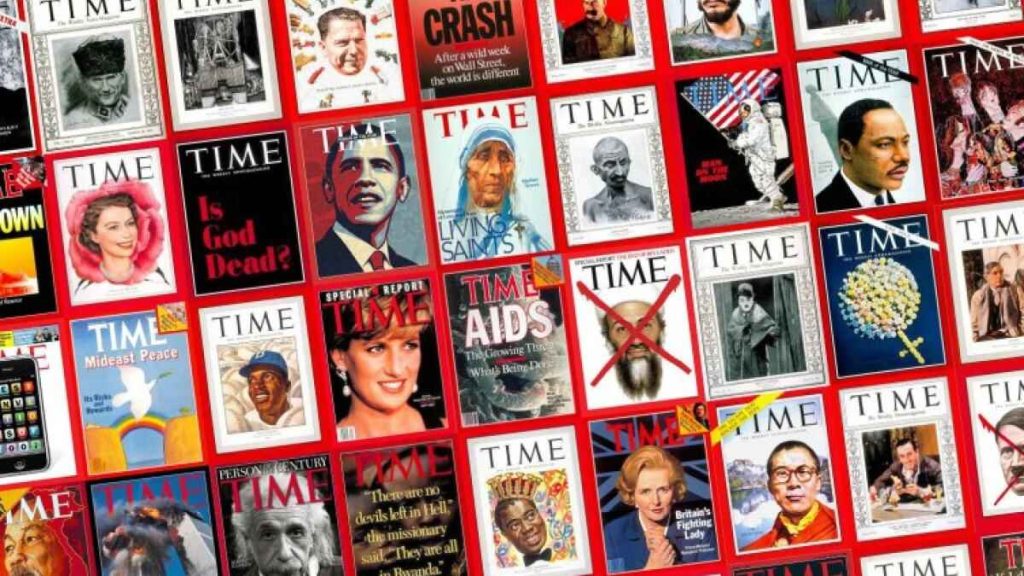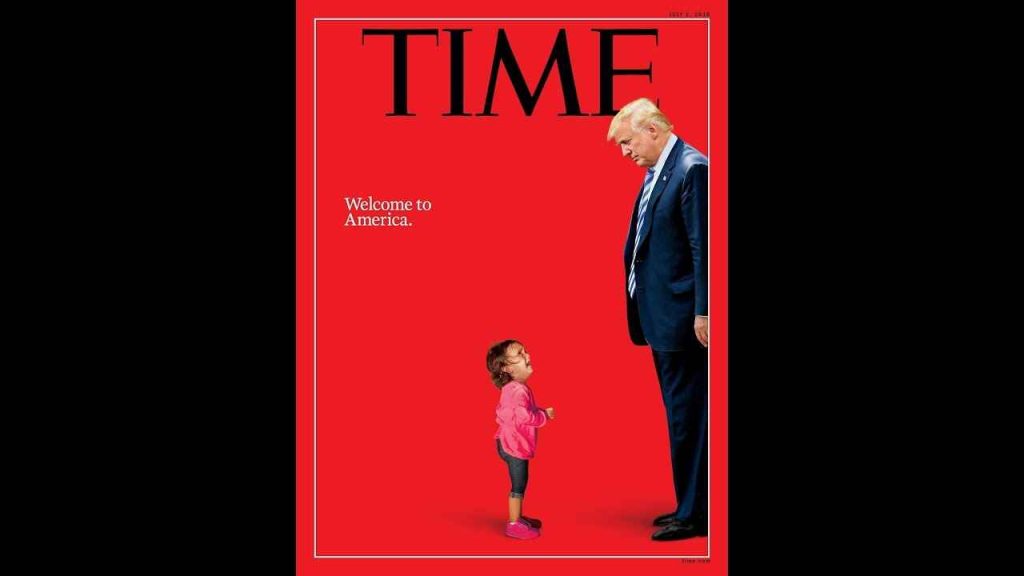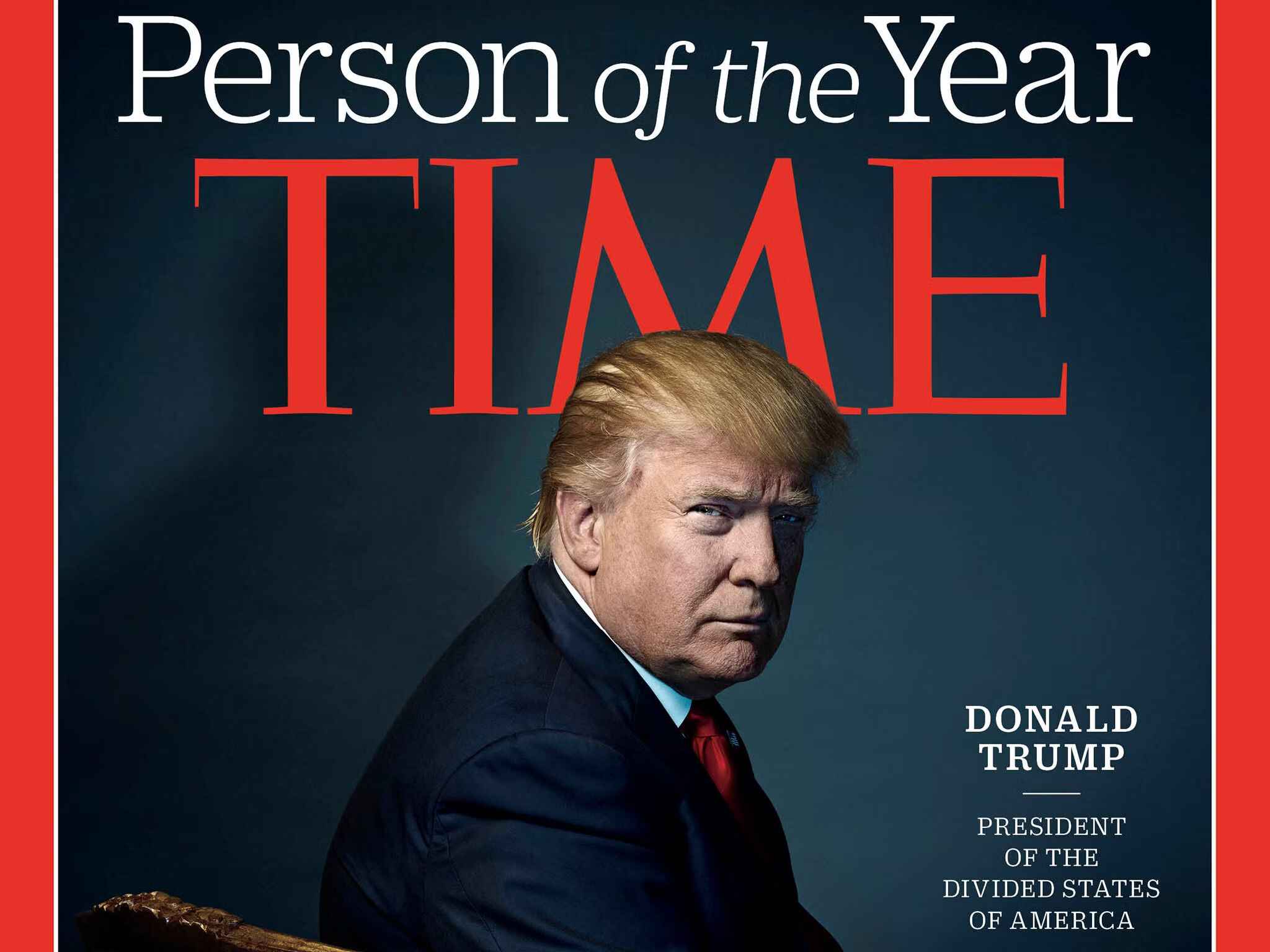Introduction
TIME Magazine, a staple of American journalism, has been chronicling history through its covers since its first issue in 1923. Over the decades, its covers have become iconic, capturing pivotal moments, influential figures, and groundbreaking events. Here, we explore some of the most famous TIME Magazine covers that have left an indelible mark on public consciousness.
The First Issue – March 3, 1923

The inaugural issue of TIME Magazine featured Speaker of the House Joseph G. Cannon on the cover. This cover marked the beginning of a new era in journalism, emphasizing the importance of news in a rapidly changing world. Cannon, a significant political figure, set the tone for TIME’s commitment to covering influential people and events.
The Man of the Year – Charles Lindbergh (January 2, 1928)
Time Magazine tradition of naming a “Man of the Year” began in 1927, and Charles Lindbergh was the first to receive this honor. The cover from January 2, 1928, celebrated Lindbergh’s historic solo transatlantic flight, which captured the imagination of the world and symbolized the spirit of innovation and adventure.
Adolf Hitler – Person of the Year (January 2, 1939)
One of the most controversial covers in Time Magazines history, the January 2, 1939, issue featured Adolf Hitler as Person of the Year. This cover, while disturbing, highlighted the magazine’s commitment to acknowledging the most influential figures, regardless of their moral standing. It served as a grim reminder of the rising tide of fascism in Europe.
The Moon Landing – July 25, 1969
The cover featuring the Apollo 11 astronauts – Neil Armstrong, Buzz Aldrin, and Michael Collins – celebrated humanity’s giant leap in space exploration. The image of the astronauts against the backdrop of the moon symbolized human achievement and the endless possibilities of exploration and discovery.
Martin Luther King Jr. – April 9, 1965
Martin Luther King Jr.’s appearance on the April 9, 1965, cover came at a critical moment in the Civil Rights Movement. This cover honored King’s nonviolent fight for equality and justice, cementing his legacy as a pivotal figure in American history.
The Fall of the Berlin Wall – November 20, 1989
The cover depicting the fall of the Berlin Wall captured a momentous occasion in global politics. It symbolized the end of the Cold War and the triumph of freedom over oppression, resonating with millions around the world who had witnessed the division of Germany for decades.
The September 11 Attacks – September 14, 2001
The cover following the September 11 attacks is one of the most haunting in TIME’s history. Featuring a photograph of the burning Twin Towers, this cover reflected the shock, grief, and resilience of a nation under attack. It remains a powerful reminder of the tragedy and its impact on the world.
Barack Obama – Person of the Year (November 24, 2008)
Barack Obama’s cover as Person of the Year in 2008 celebrated his historic election as the first African American President of the United States. This cover represented a significant milestone in American politics and the broader struggle for racial equality.
The Endangered Earth – January 2, 1989
TIME’s Planet of the Year cover in 1989 highlighted environmental issues, bringing attention to the fragility of our planet. This cover marked a shift in the magazine’s focus, emphasizing the importance of global environmental consciousness and responsibility.
Steve Jobs – October 17, 2011
Following the death of Steve Jobs, TIME’s October 17, 2011, cover honored the visionary co-founder of Apple Inc. The minimalist cover, featuring a portrait of Jobs, paid tribute to his revolutionary impact on technology and design, shaping the modern digital world.
The Impact of TIME Magazine Covers

Visual Storytelling
TIME’s covers are more than just images; they are powerful tools of visual storytelling. Each cover is meticulously designed to convey the essence of the story within, using photography, illustration, and typography to create a compelling narrative.
Cultural Reflection
TIME Magazine covers reflect the cultural, political, and social climate of their time. They capture the zeitgeist, providing snapshots of significant moments and figures that define eras. Through its covers, TIME has documented the evolution of society, from the Great Depression to the Digital Age.
Influence and Recognition
Being featured on the cover of TIME is a mark of influence and recognition. It signifies that the person or event is of paramount importance, worthy of global attention. This recognition has cemented TIME’s role as a leading authority in journalism and a shaper of public opinion.
Controversy and Discussion
Time Magazine covers have not been without controversy. The magazine has often pushed boundaries, sparking debate and discussion. Whether through provocative imagery or bold editorial choices, TIME has consistently challenged its audience to confront difficult issues and think critically about the world.
Notable Themes in TIME Covers
Politics and Leadership
From presidents and prime ministers to revolutionary leaders, Time Magazine has extensively covered political figures who have shaped history. The magazine’s covers have chronicled elections, wars, peace treaties, and political scandals, providing a comprehensive overview of global leadership.
Innovation and Technology
Time Magazine has celebrated pioneers of innovation and technology, recognizing the transformative impact of scientific and technological advancements. Covers featuring inventors, entrepreneurs, and breakthroughs highlight the magazine’s focus on progress and the future.
Social Justice and Human Rights
Time Magazine has been a vocal advocate for social justice and human rights. Covers featuring activists, movements, and significant milestones in the fight for equality underscore the magazine’s commitment to highlighting struggles for justice and human dignity.
Global Events and Crises
From natural disasters to economic crises, TIME has documented global events that have had far-reaching consequences. The magazine’s covers provide a visual record of these events, capturing the gravity and urgency of moments that have shaped the world.
The Evolution of Time Magazine Covers
Early Years: Simplicity and Focus
In its early years, TIME’s covers were simple and focused, often featuring monochromatic portraits of influential figures. This minimalist approach reflected the magazine’s dedication to straightforward, impactful journalism.
Mid-20th Century: Bold and Dynamic
As the 20th century progressed, TIME’s covers became bolder and more dynamic. The use of vibrant colors, striking compositions, and dramatic photography mirrored the tumultuous and rapidly changing world of the mid-century.
Late 20th Century: Artistic and Provocative
In the latter half of the 20th century, TIME began experimenting with more artistic and provocative covers. This era saw the use of creative illustrations, conceptual imagery, and powerful visual metaphors to tell stories in innovative ways.
21st Century: Digital and Interactive
With the advent of the digital age, TIME has embraced new technologies and interactive elements in its covers. Digital editions, augmented reality, and multimedia features have expanded the magazine’s storytelling capabilities, engaging a new generation of readers.

Conclusion
TIME Magazine’s covers are more than just a collection of images; they are a visual history of the modern world. Each cover tells a story, captures a moment, and reflects the ever-changing landscape of society. From the first issue to the present day, TIME’s covers have left an indelible mark on journalism and continue to shape how we view the world. As we look back on these iconic covers, we not only see the faces and events that have defined our times but also the enduring power of visual storytelling in shaping our understanding of history.

